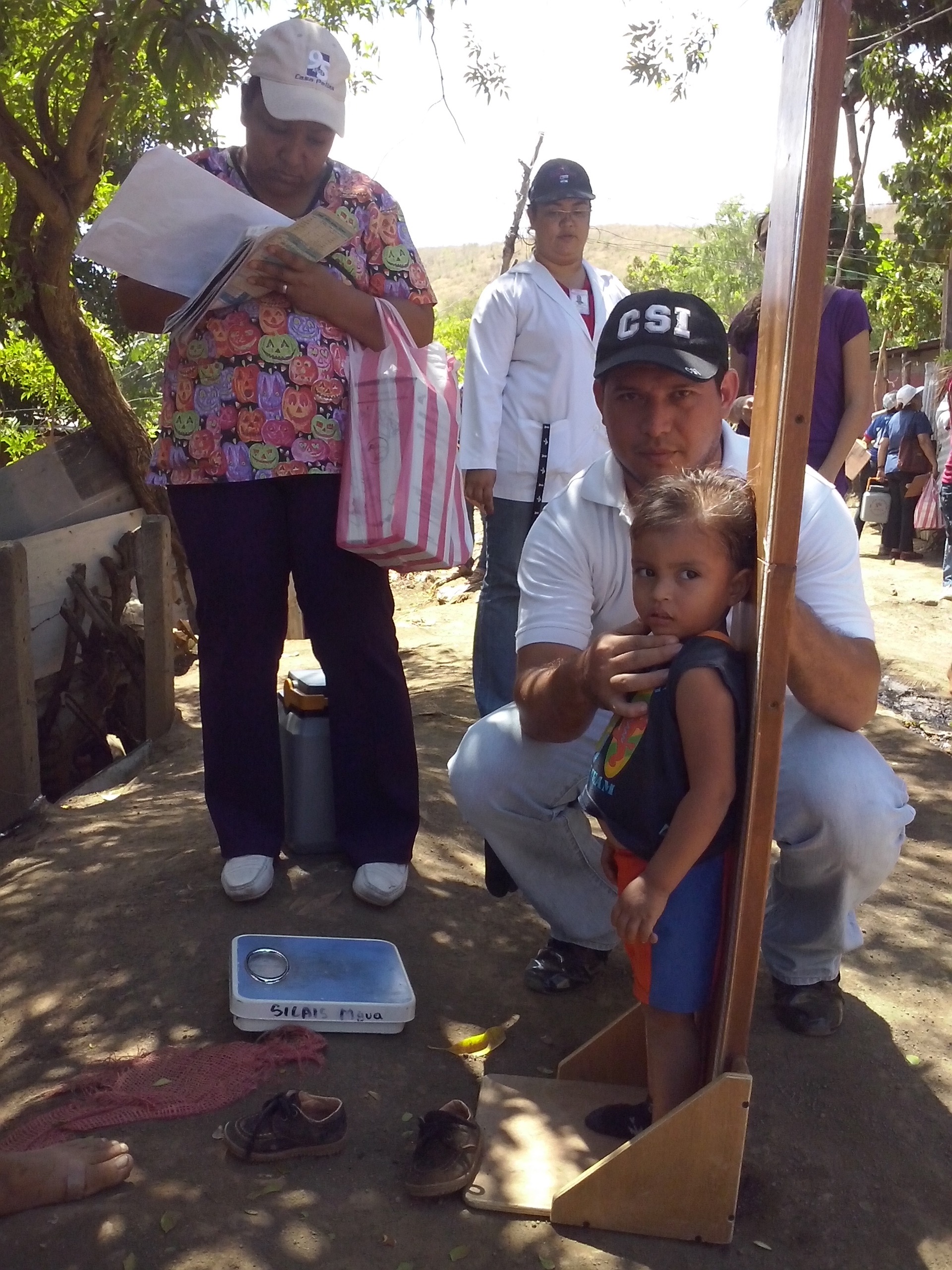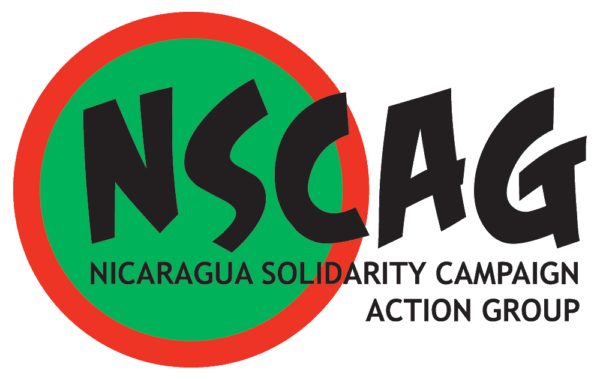Nicaragua Solidarity Campaign Action Group
30 June 2023
Nicaragua’s free universal health care system

*Becca Renk, who has lived and worked in Nicaragua for the past 22 years, contrasts neoliberal and Sandinista government health care models.
Neoliberal health care 1990 – 2007
State-of-the-art public hospitals – or even ones that aren’t actively violating basic hygiene protocols – are a relatively new phenomenon.
During 16 years of neoliberal rule health care was effectively privatised. The public budget was minimal political will of the successive governments to provide quality care for free was nil. This led to extreme deterioration of the public system resulting in patients being pushed to pay for care in the private sector.
Nicaragua’s elite took advantage of this to make hefty profits by building modern private clinics and hospitals. In this two tier system, private hospitals were the gold standard and public hospitals became the last resort – and even everything had a cost.
Doctors often turned patients away for lack of gloves to examine them; when patients managed to be seen by a doctor, there were given prescriptions they pay for. Patients unfortunate enough to need surgery had to bring their own alcohol, gauze, sutures and family members had to donate the blood they would need. Laboratory tests, specialised treatments, and surgeries were so expensive that poor families effectively could not access the service. Every family desperate to save a loved one’s life would scramble to pay for private care.
‘For Nicaragua’s poor majority, public hospitals became the place where you went to die…unless your family could afford to save you. ‘
Fortunately, that is no longer the case. Today, the best care can’t be bought because it’s available free of charge. However, Nicaraguans got so used to the unjust two tiered system, that many families still believe they have to make financial sacrifices to seek out private care.
The revolution in health care
What has changed? Since 2007 the Sandinista government has made a long term financial investment in public health a priority.
Over the past ten years, social spending has gone from being 10% of overall spending to making up 57% of the country’s budget.
This investment has led to the most extensive and well-equipped public health system in Central America. This includes:
- 24 new hospitals, with high technology equipment and medical specialists
- 15 more new hospitals under construction or planned
- 181 casas maternas where rural women stay two weeks before the due date, are attended by doctors and give birth in the hospital
- 190 natural medicine clinics, guaranteeing care with sensitivity to cultural identity
- 73 pain management clinics
- 101 centers for people with special needs
- Three prosthetics and orthotics workshops
- 52 mental health clinics
- Two addiction treatment centres
- The first medical oxygen plant in the region
- The second molecular biology laboratory in all of Latin America
- National Centres for Cardiology, Diabetes, Chemotherapy and Palliative Care and Audiology and Speech Therapy
Investment leads to results:
- Cervical cancer mortality reduced by 25%
- Maternal mortality reduced by 70%
- Infant mortality reduced by 56%
- Chronic malnutrition reduced by 46% in children under five and 66% in children six to 12
- Average life expectancy increased by three years for men and women alike
Access to specialised care has drastically changed with services such as chemotherapy and radiotherapy now offered in regional hospitals as well as the capital. Heart surgery and kidney transplants performed by local doctors.
Family and community health care model
Nicaragua has a family and community-based model of health care with emphasis on prevention that has been extremely effective. A network of 60,647 lay health care workers and volunteers attend patients in their homes and go door to door doing health education, mosquito eradication, vaccinations and census taking. (pictured above)
For example, in just three weeks, this year’s annual vaccination campaign applied 2.3 million doses of vaccines to prevent childhood diseases, flu and pneumonia as well as 1.3 million doses of anti-parasite medication and more than 720,000 doses of vitamin A to children aged 1 to 6.
Additionally, 94.6% of Nicaraguans aged two and up have been fully vaccinated against COVID-19 and 45.3% have received two booster shots. Thanks in large part to its community-based health care model, Nicaragua fared relatively well in the pandemic; the World Health Organisation has reported that Nicaragua had one of the lowest rates of excess deaths.
Health fairs and 68 mobile clinics made out of converted articulated lorries confiscated in drug busts, provide 1.9 million consultations per year.
A new programme is doing outreach in schools nationwide, testing students’ hearing, vision, linguistic alteration, dental care, personal hygiene workshops, and vaccinating against COVD-19 for all 1.8 million students throughout the country.
*Becca Renk works with the Jubilee House Community and its project, the Center for Development in Central America (JHC-CDCA). The Center works on sustainable community development and runs a full time health clinic. The JHC-CDCA also educates visitors to Nicaragua, including through their hospitality and solidarity cultural centre Casa Benjamin Linder.
SOURCES:
Gobierno de Reconciliación y Unidad Nacional: Plan Nacional de la Lucha Contra La Pobreza Para el Desarrollo Humano 2022-2026 http://www.tortillaconsal.com/tortilla/node/12471
Interview with Ivan Acosta, Nicaraguan Minister for Housing and Public Credit https://popularresistance.org/nicaragua-launches-new-plan-to-fight-poverty-and-promote-human-development/
Ministry of Citizen Power for Health Nicaragua: Advances in Health From 2007 to 2020 http://www.tortillaconsal.com/tortilla/node/11331
Mapa Nacional de Salud en Nicaragua: https://mapasalud.minsa.gob.ni/
———————————————-
This article was first published in NSC’s magazine Nicaragua Now June 2023

